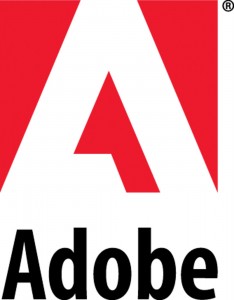 It’s true. Adobe announced new 3D printing capabilities within its current Photoshop Creative Cloud web service. At first, this seems to be an unusual function for a product dedicated, literally, to 2D images. But then it makes more sense when we thought about it.
It’s true. Adobe announced new 3D printing capabilities within its current Photoshop Creative Cloud web service. At first, this seems to be an unusual function for a product dedicated, literally, to 2D images. But then it makes more sense when we thought about it. First, what does the new 3D print service actually do for you? Advanced versions of Photoshop have long been able to import certain 3D formats, but the announcement enables new functions that can be applied to those imports. Here’s what we know:
- You’ll be able to import a 3D model from any existing 3D modeling app that can export STL, KMZ, OBJ, 3DS and Collada formats.
- This means you’ll also be able to use models found on the web, including from Thingiverse.
- 3D scanner output can also be used, if it conforms to the formats above.
- Imported models can be repaired for 3D printing, although we’re not sure how well or comprehensive Adobe will do here.
- Imported models can also be textured and colored using Photoshop’s powerful editing tools.
- Completed 3D models can be exported for local printing, sent to Shapeways’ 3D print service for production in a wide variety of materials or shared online. Currently the service supports MakerBot 3D printers, but we’re expecting additional 3D printers to be added soon.
It’s an interesting addition to Photoshop, but actually does not introduce anything new to those already using 3D printing. Except for one critically important thing.
Color.
Existing tools for applying color and texture to 3D models, aside from perhaps ZBrush, are woefully inadequate. The 3D print industry has largely ignored color handling issues since most 3D printers can only print in monochrome. But that’s changing fast.
We suspect this is the secret sauce of this Adobe move; provide a much easier means of coloring and texturing 3D models in preparation for, presumably, new color 3D printers.
Via Adobe

